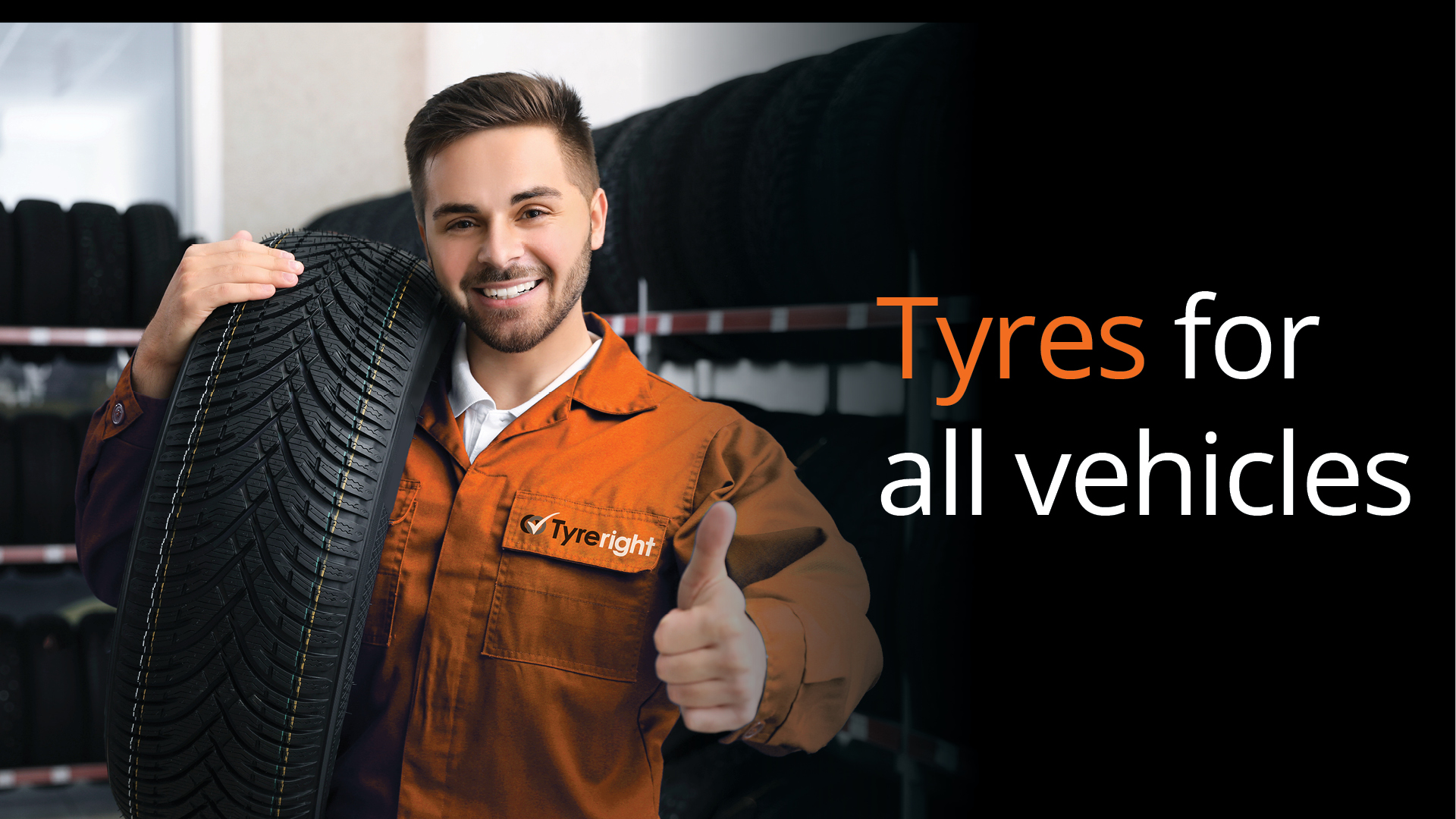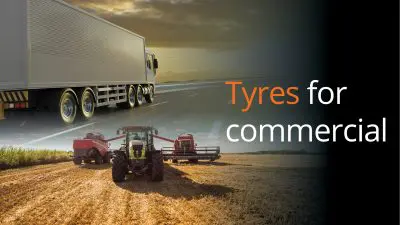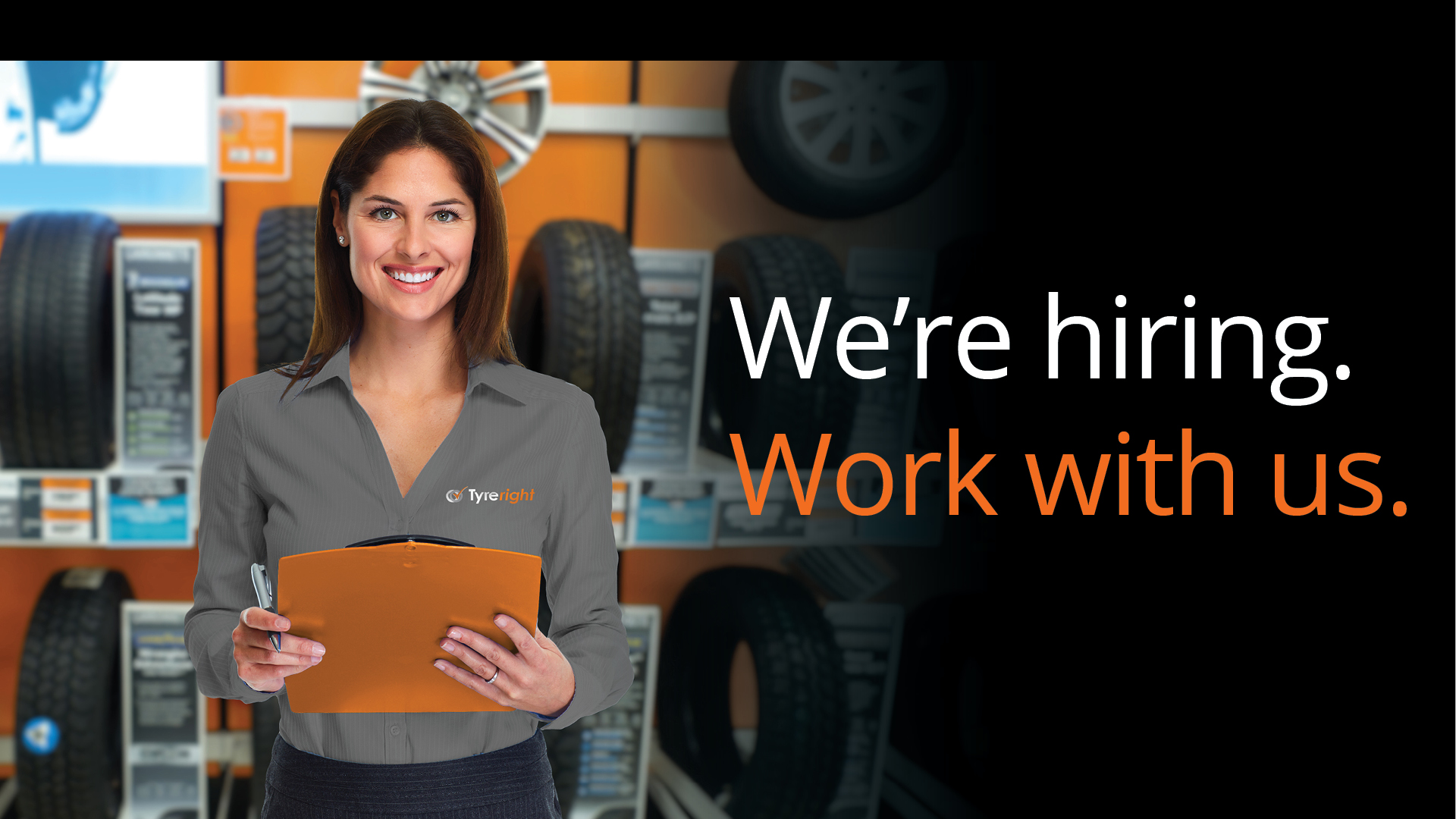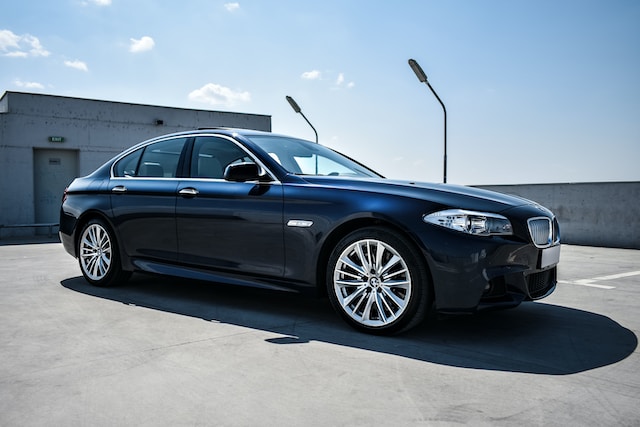The different types of wheel alignments and how they work
In our last post, we reviewed the reasons why you need a wheel alignment. In short, there are strong financial and safety reasons to make sure you’re properly aligned. So now you know why you need a wheel alignment, but which type of alignment to get?
Well, there are 3 different types of wheel alignment that you need to consider:
- Front-end
- Thrust
- Four-wheel
Front-end alignments
As the name suggests, a front-end alignment measures and adjusts the front axle. These alignments are suited to vehicles with a rear solid axle. This is the simplest and most basic alignment as it deals with the bare minimum. It is sometimes known as a “toe-in” alignment or a “toe and go”.
Some tyre fitters will refuse to offer a front-end-only alignment due to its incomplete nature (many would consider it an obsolete type of alignment, unsuited to modern cars), and at Tyreright we would recommend that most people probably need a Thrust or Four-wheel Alignment.
Thrust
This alignment includes a front-end alignment as described above but goes a step further in also conducting a thrust alignment. A thrust angle alignment ensures that all four wheels on the car are “squared” with each other. A thrust alignment is recommended for all vehicles with a solid rear suspension, as it gives you a better result on the road in terms of tyre wear, fuel economy and safety. This is especially important if you are having an alignment completed after an accident or a hard knock to your suspension (such as running up a gutter), when you may discover that there has been damage to the chassis which will need to be corrected.
Four-wheel
The four-wheel alignment is for cars or 4WDs with four-wheel independent suspensions. It’s also for front-wheel drive vehicles with adjustable rear suspensions. This type of alignment combines the elements of a front and thrust alignment but goes another step further by measuring and positioning the rear axle angles. The four-wheel alignment will restore all four corners of your vehicle to the manufacturer’s specifications.
This type of alignment requires special equipment and is the most comprehensive alignment. It also results in the best overall handling for your vehicle and performance for your tyres in terms of durability, fuel economy and safety.
What is a thrust angle?
To identify the thrust angle on a vehicle, first, you measure the rear axle’s centreline. Then you draw an imaginary line at 90o to this centreline. As you can see in the image below, the thrust angle is then also measured against the front axle’s centreline, making sure that the tyres at the front and rear axles are parallel.
What do you mean by “toe-in”?
The toe angle describes the angle of your tyres compared to the centreline of the car. As you can see in the image below, “toe-in” is when the tyres point in towards each other. The opposite of this is called toe-out. The correct toe position for your vehicle will vary slightly depending on its suspension and on whether it is front-wheel, rear-wheel or all-wheel drive.
If your car has independent rear axles, then the toe settings for each tyre will need to be adjusted individually.
Further notes on alignments
Changing things like your car’s suspension (e.g. lowering it) will require it to have an . It may also require that you add aftermarket components in order to complete the alignment safely.
When you have your car alignment done, it’s best to have it carrying its normal load. For example, if you’re a tradesperson with a ute full of tools, have the alignment done with your tools on board as this is the situation the vehicle will mostly be driven in.
Lastly, most modern alignment machines will enable a printout that compares the before and after alignment angles with your car’s specifications. It may be helpful to ask for a copy of this printout before you have the alignment done so that you can ensure your desired settings have been properly implemented.








